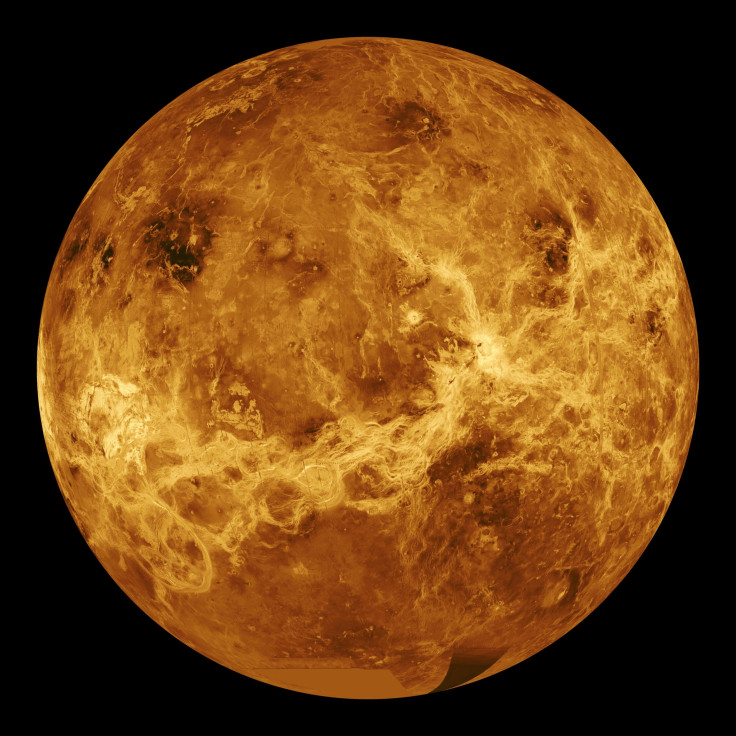NASA Could Use Balloons For Future Venus Exploration Mission

KEY POINTS
- NASA engineers suggest the use of hot air balloons to explore Venus
- Hot air balloons will be able to avoid Venus' harsh conditions
- New mission could focus on Venus' seismic activities
Engineers from NASA proposed the use of a fleet of hot air balloons to explore Venus. According to them, this would allow the agency to successfully execute an exploration mission on Venus while avoiding the planet’s inhospitable conditions.
Venus has been the focus of many planetary scientists due to its unique nature and extreme environmental conditions. Unfortunately, due to the planet’s harsh environment, studying it up-close through a probe mission can be a bit tricky.
This was proven by the Soviet Union when it launched nine probes from the 1960s to the 1980s to study the planet. Due to Venus’ extreme temperatures and sulfuric clouds, none of the probes lasted over two hours after reaching the planet.
As a possible solution, Attila Komjathy and Siddhart Krishnamoorthy of NASA’s Jet Propulsion Laboratory proposed the use of hot air balloons to explore Venus. According to the two engineers, a fleet of specially-designed balloons can be deployed near the upper layer of the planet’s atmosphere.
By staying within this region, the balloons will be able to observe the planet’s surface conditions without being affected by its inhospitable environment.
“There is no commissioned mission for a balloon at Venus yet, but balloons are a great way to explore Venus because the atmosphere is so thick and the surface is so harsh,” Krishnamoorthy said in a statement.
“The balloon is like the sweet spot, where you're close enough to get a lot of important stuff out but you're also in a much more benign environment where your sensors can actually last long enough to give you something meaningful,” the engineer added.
For the mission, Krishnamoorthy and Komjathy envisioned their balloons to be equipped with seismometers that can detect the planet’s seismic activity. Like on Earth, the engineers believe that ground movements on Venus produce ripples that travel into the atmosphere in the form of infrasound waves. Given Venus’ dense atmosphere, they believe the balloons will be able to collect ideal results.
“If the ground moves a little bit, it shakes the air a lot more on Venus than it does on Earth," Krishnamoorthy said.
© Copyright IBTimes 2025. All rights reserved.





















